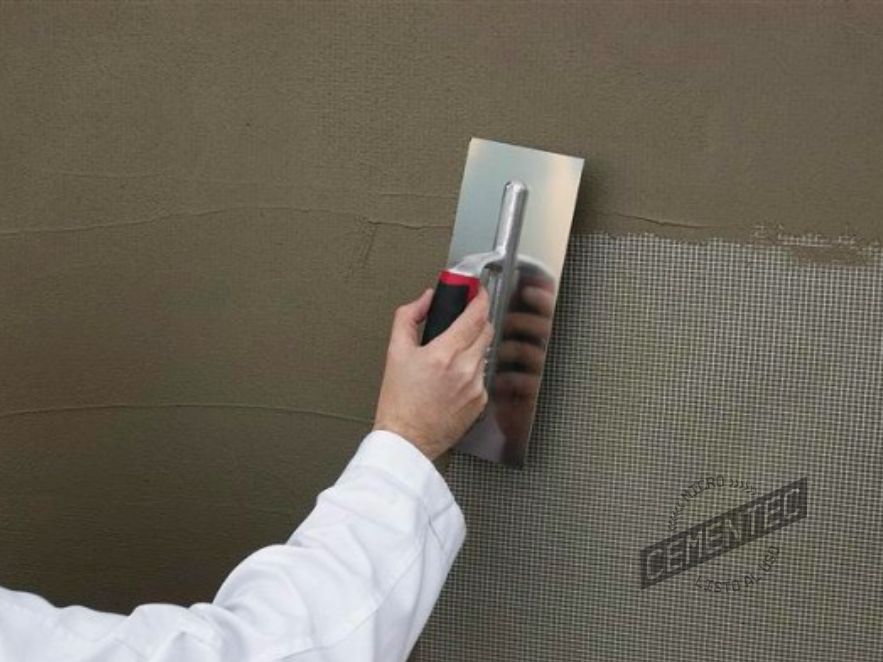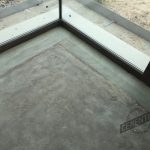Looking to minimize the risks of cracks and damage in your microcement renovations and ensure a flawless result? n effective and recommended solution is the use of fibreglass mesh for microcement before its application.
This process holds vital importance as a reinforcement measure in areas of frequent traffic or those surfaces exposed to constant temperature variations. By incorporating fibreglass mesh into your projects, you significantly contribute to the strength and aesthetic quality of the ready-to-use microcement, thus guaranteeing a perfect finish.
If you’re interested in learning more about how fibreglass mesh for microcement can protect your renovations, we invite you to continue reading this article on Cementec. Here, you’ll discover not only the benefits of its application but also the best practices for implementation and common errors to avoid during installation.
If this topic interests you, keep reading!!
What is fibreglass mesh?
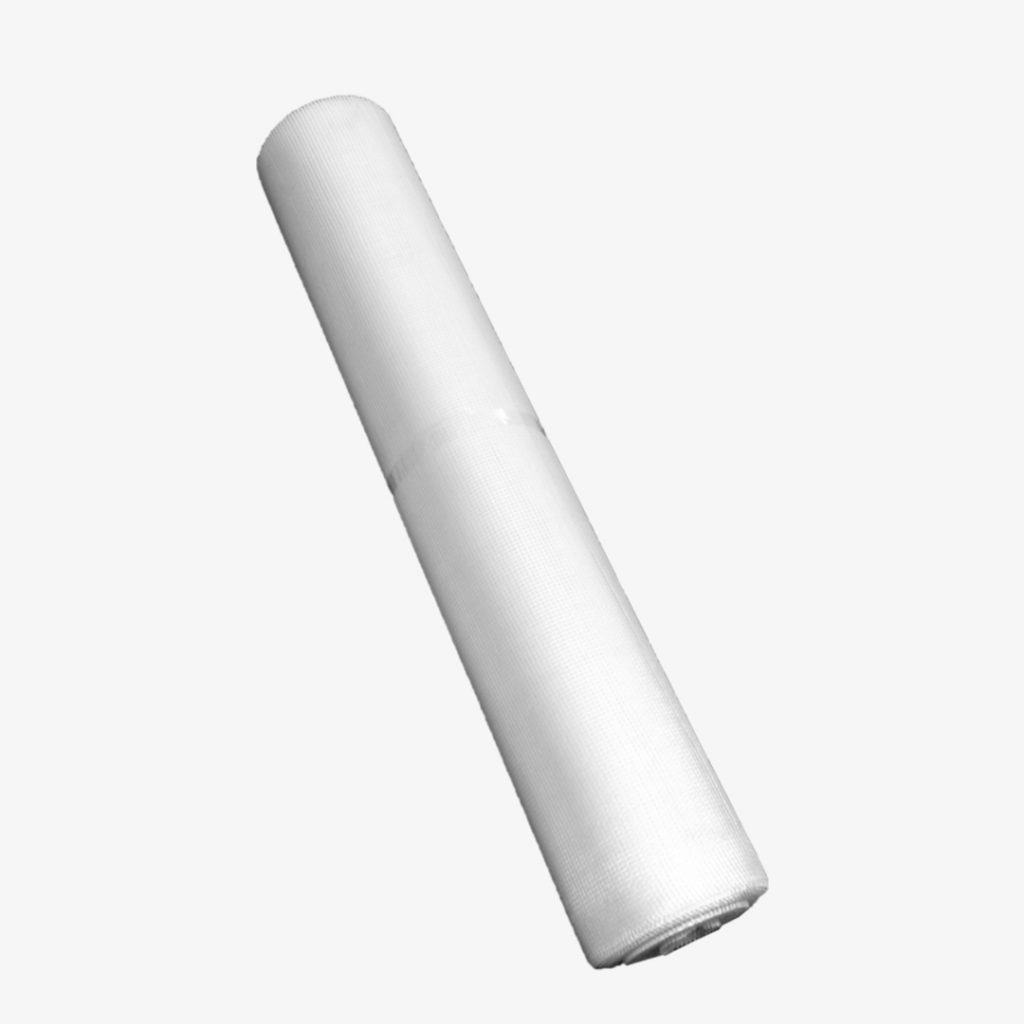
Fibreglass mesh, commonly used in the construction sector, acts as essential reinforcement for walls, floors, and ceilings coated with cement or plaster, providing resistance to impacts and temperature variations.
In the specific context of coatings, fibreglass mesh for microcement stands out for its ability to withstand tensions and adapt to different movements, providing fundamental resistance against traction. This reinforcement significantly improves the stability of the structure, effectively reducing the risk of cracks, fissures, and other potential issues or defects in the final microcement finish.
At Cementec, we select fibreglass mesh for microcement with a medium to high grammage, approximately 80 g/m², made from an interwoven network of 100% polyester glass fibres. This selection ensures effective and discreet support, preventing the mesh from being perceived through the final layers of microcement finish and maintaining the desired visual design intact.
Tomás Amat, architect, creative and manager of Cementec
Where is fibreglass mesh used?
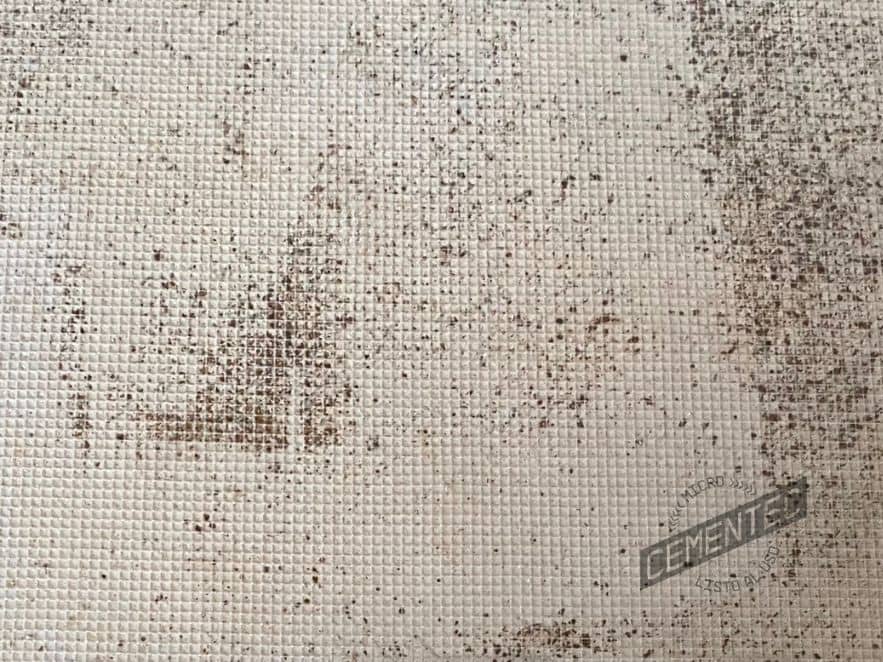
Fibreglass mesh is therefore used in:
- Construction and refurbishment: It is integrated into walls, floors and ceilings to prevent cracks from the base.
- Application in microcement: It acts as a bridge between layers, improving adherence and structural resistance.
- High traffic areas: Reinforces surfaces exposed to wear and tear, prolonging their useful life.
- Areas with climatic variations: Absorbs tensions due to temperature changes, preventing damage.
Benefits of using fibreglass mesh for microcement
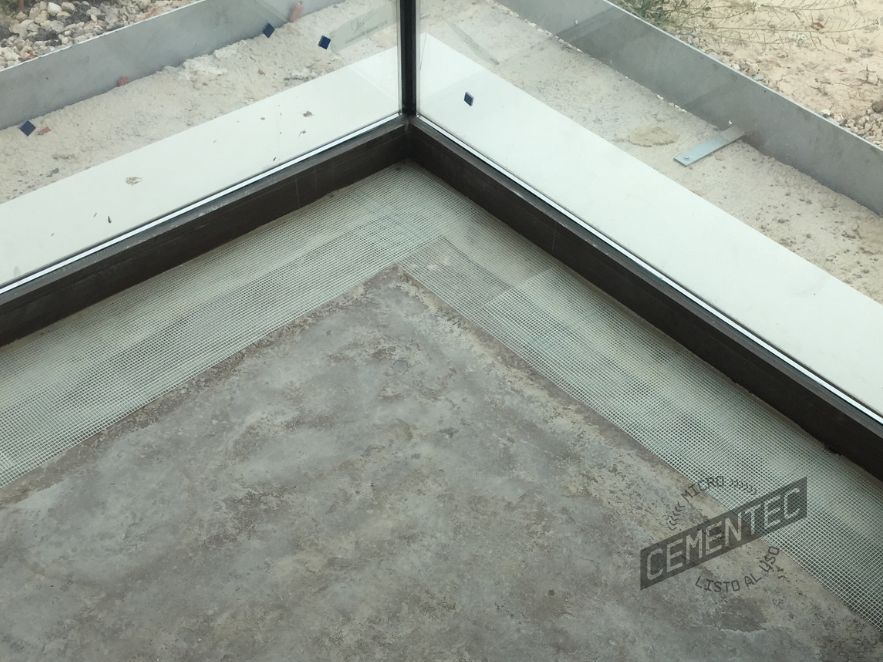
Consistent with the above, the use of fibreglass mesh for microcement brings numerous benefits that enhance both the quality and durability of coatings. Let’s immediately explore some of these advantages:
- Strengthens the structure and prevents cracks or fissures in microcement: As mentioned earlier, fiberglass mesh provides crucial structural reinforcement for microcement, evenly distributing tensions and absorbing movements that could cause cracks or fissures. This reinforcement is particularly valuable on surfaces experiencing temperature fluctuations or subjected to heavy traffic.
- Improves microcement adhesion to the substrate: The mesh acts as an adhesion bridge between the microcement and the substrate on which it is applied. This significantly enhances the bonding of the coating to the base, preventing detachment and ensuring a uniform and consistent application.
- Prolongs the lifespan of the finish (Durability): By preventing cracks and improving adhesion, fiberglass mesh contributes to extending the lifespan of microcement. This reinforcement ensures that the finish maintains its aesthetic and structural integrity over time, resisting daily wear and maintaining its like-new appearance for longer.
How to apply fibreglass mesh in microcement projects

First and foremost, the initial step to applying fiberglass mesh over microcement is to ensure that the surface is clean and free of dust. This facilitates optimal adhesion of the mesh to the substrate. Subsequently, Cementec offers two different application methods:
- Mesh placement followed by Seal application: The mesh can be placed on the desired surface followed by the application of our elastic epoxy resin Seal, ensuring its complete adhesion. This technique is especially recommended for surfaces with joints, such as tiles or ceramics, as after the resin has dried, the corresponding layers of microcement can be applied.
- Mesh installation during application of the first Microcement Base layer: This method creates a “sandwich” effect, trapping the mesh between this first layer and subsequent ones, reinforcing the coating’s resistance. Afterward, the second Microcement Base layer is applied, completely covering the mesh.
However, we strongly recommend consulting with a microcement expert applicator for the procedure and steps to follow, as these may vary depending on the surface or the complexity of the renovation.
Tomás Amat, architect, creative and manager of Cementec
Common mistakes to avoid in the installation of microcement mesh

Indeed, fiberglass mesh is highly recommended as a safety measure in microcement projects, and its correct installation depends on following precise technical specifications. However, some common errors in their installation are observed. For example:
- In some cases, acrylic resins have been observed used as adhesion agents to fix the mesh to the coating. Although this method may not be entirely reliable in the long term, as the effectiveness of the adhesive may decrease over time.
- Likewise, the use of fibreglass mesh for microcement with very thin thickness is another frequent error. An excessively thin mesh does not effectively fulfill its protective role, limiting its ability to prevent the formation of cracks or fissures. Therefore, it is advised not to use meshes with a grammage lower than 50 g/m² in ready-to-use microcement applications.
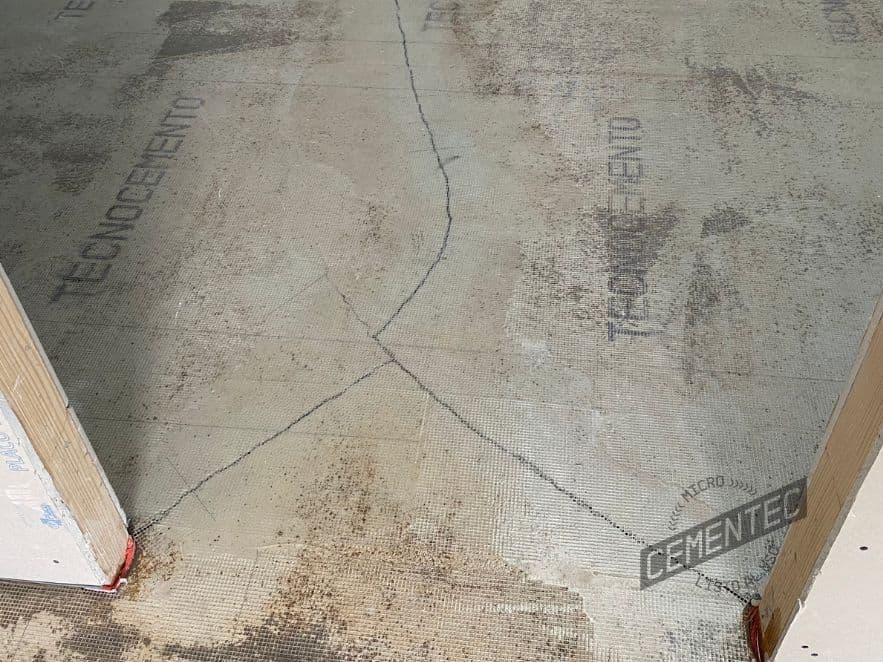
Conclusions
In conclusion, fiberglass mesh represents an essential component in microcement protection, significantly enhancing its performance and aesthetics. For best results, it is recommended to follow specific application guidelines and consult with microcement experts to avoid common errors and ensure a perfect finish.
At Cementec, we are committed to offering top-quality alternatives for the distribution and application of ready-to-use microcement, with the aim of achieving professional and long-lasting finishes. If you have a renovation in sight… Contact us!
Found this article on fibreglass mesh for microcement interesting? Share your thoughts on our social media and send us your recommendations or results after application.
